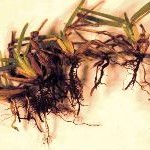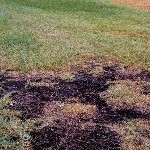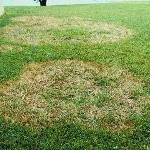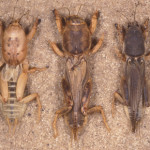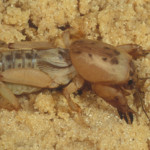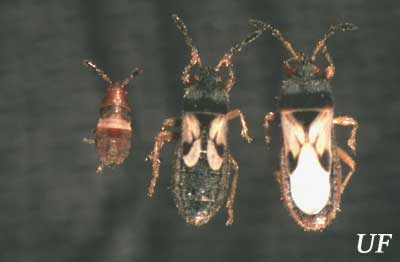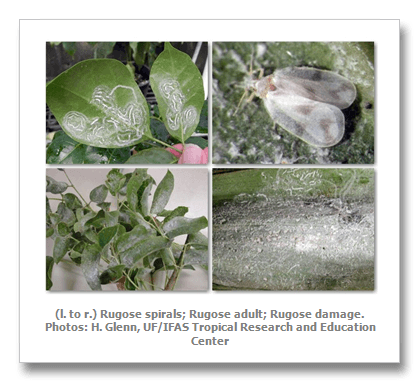Take-all Root Rot
“The pathogen (is) very common on warm-season turfgrass roots. High rainfall and stressed turfgrass trigger the disease. It is observed during the summer and early fall months when Florida receives the majority of its rainfall. Prolonged periods of rainfall are most conducive to this disease. Any stress placed on the turfgrass can encourage or worsen the disease. This is a root rot disease. Damage to the roots prevents the turfgrass from efficiently obtaining water or nutrients from the soil. The plant is also unable to store the products of photosynthesis. The fungus does not attack leaves. Symptoms observed on the leaves are the result of pathogen activity on the root system.” (UF IFAS)





